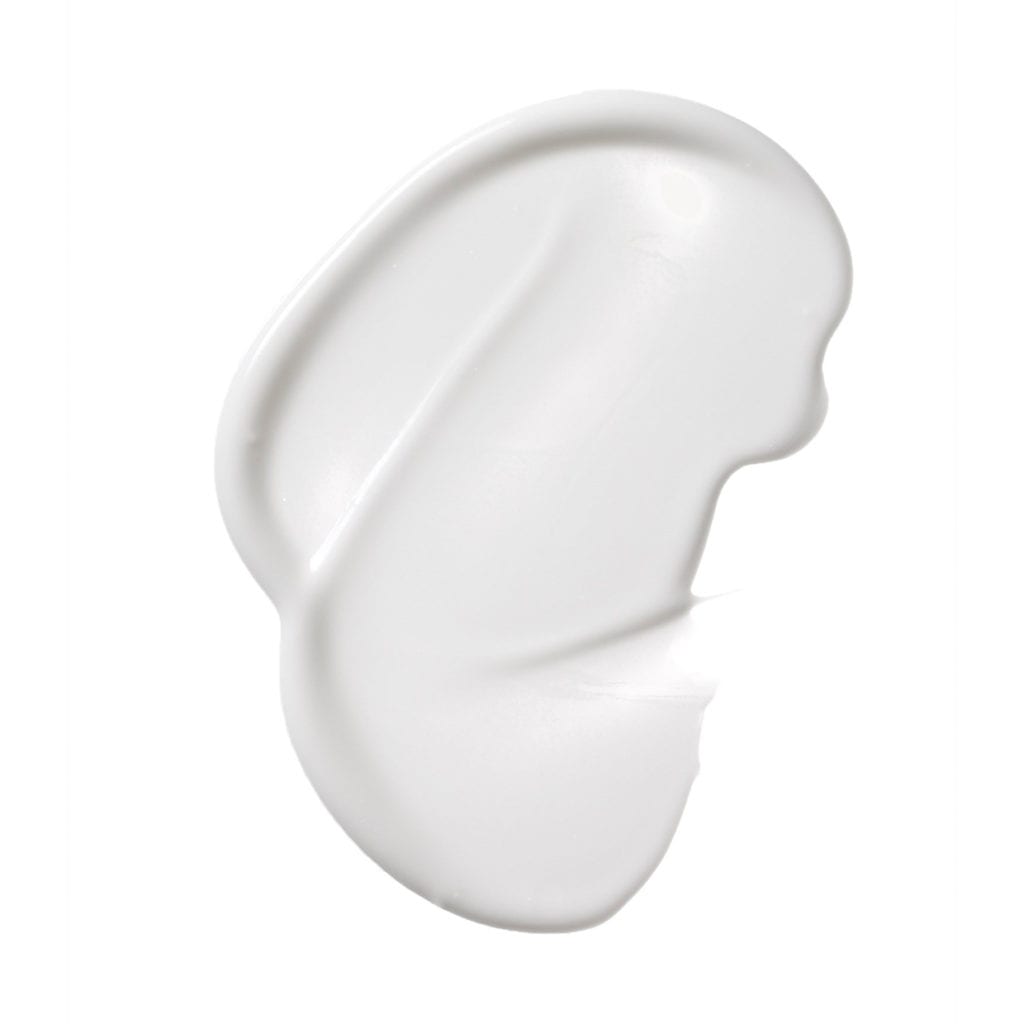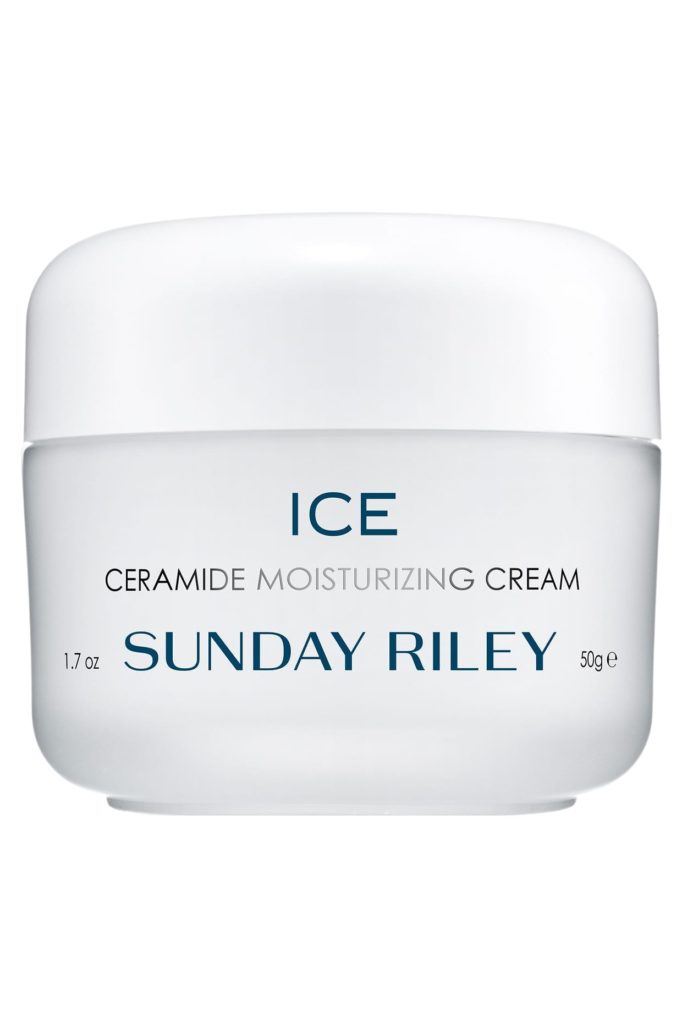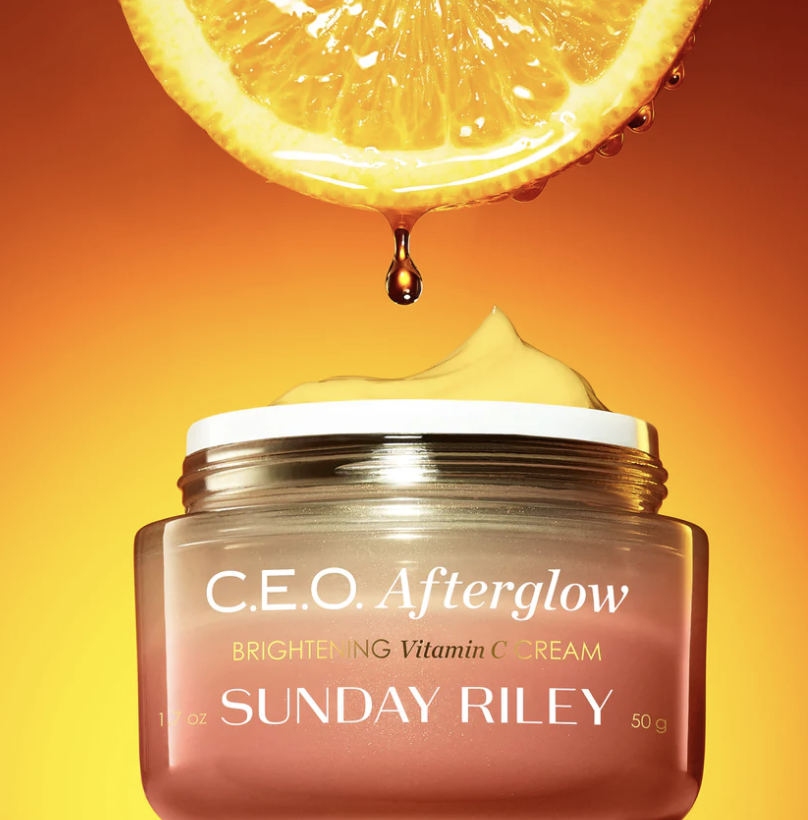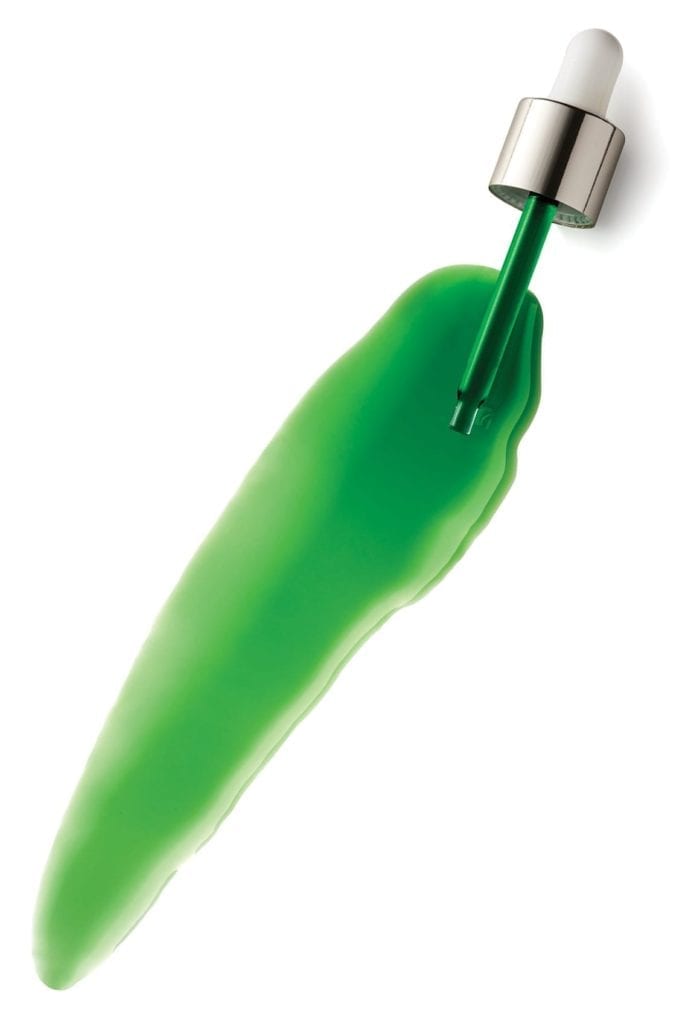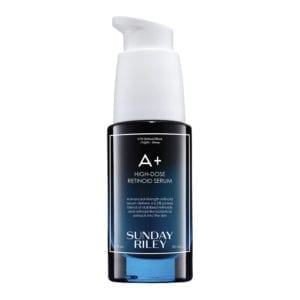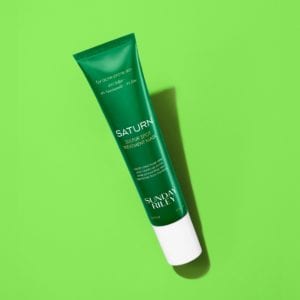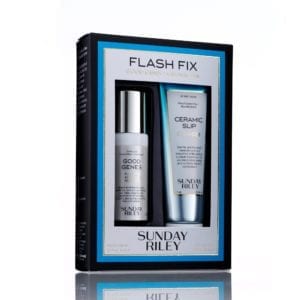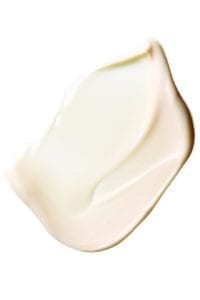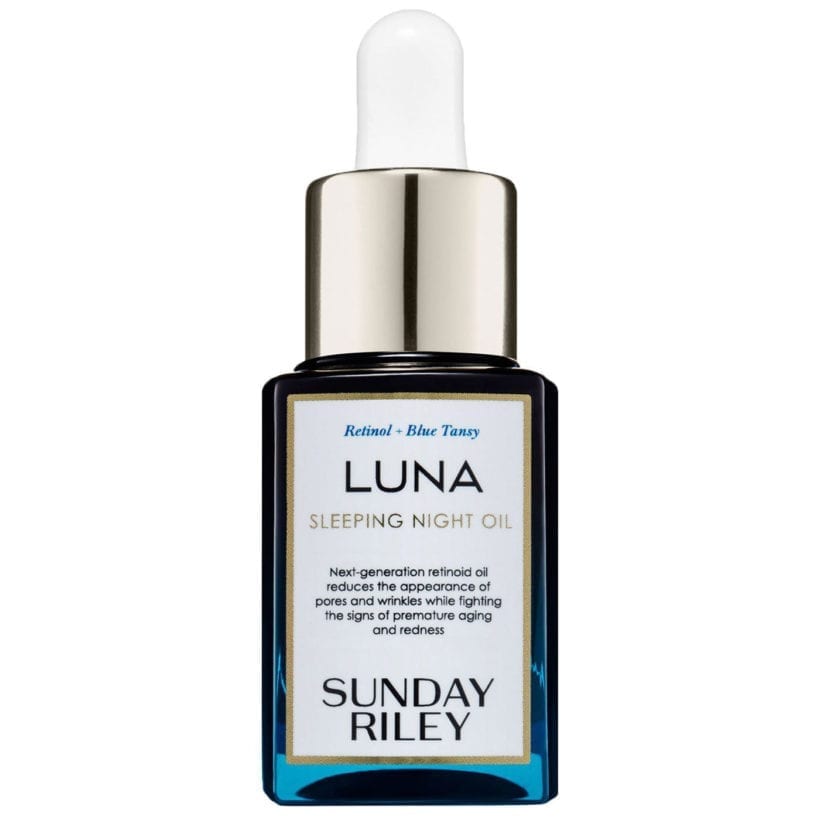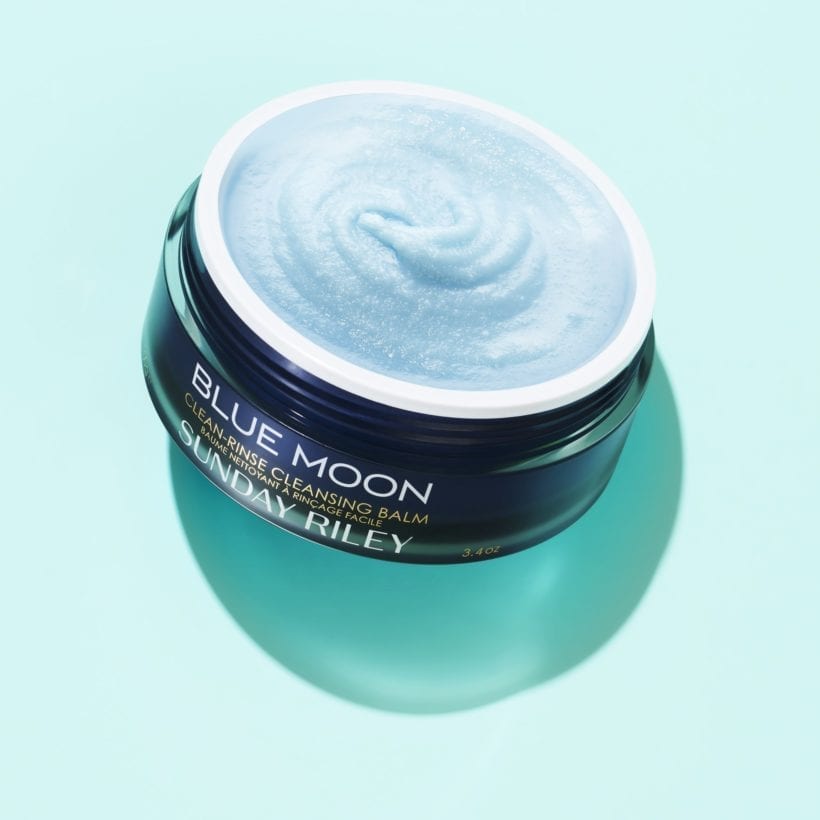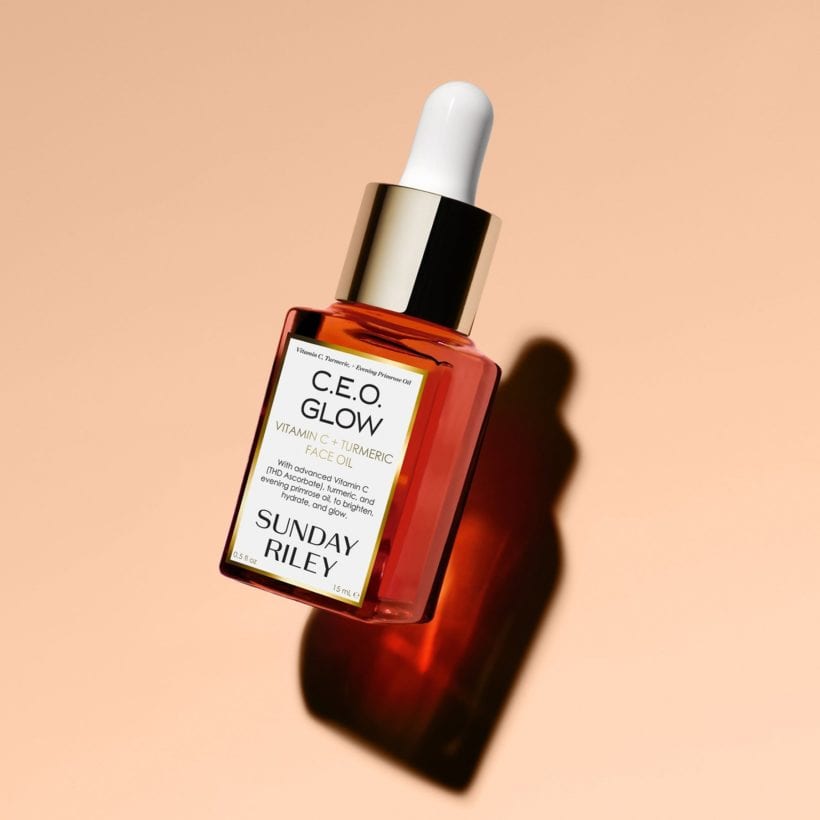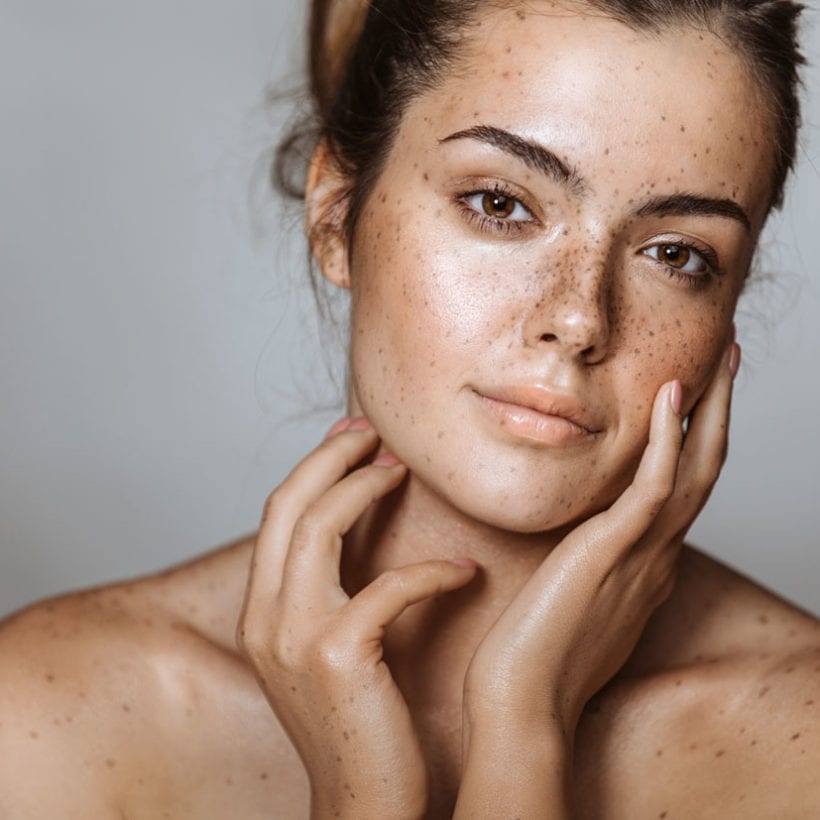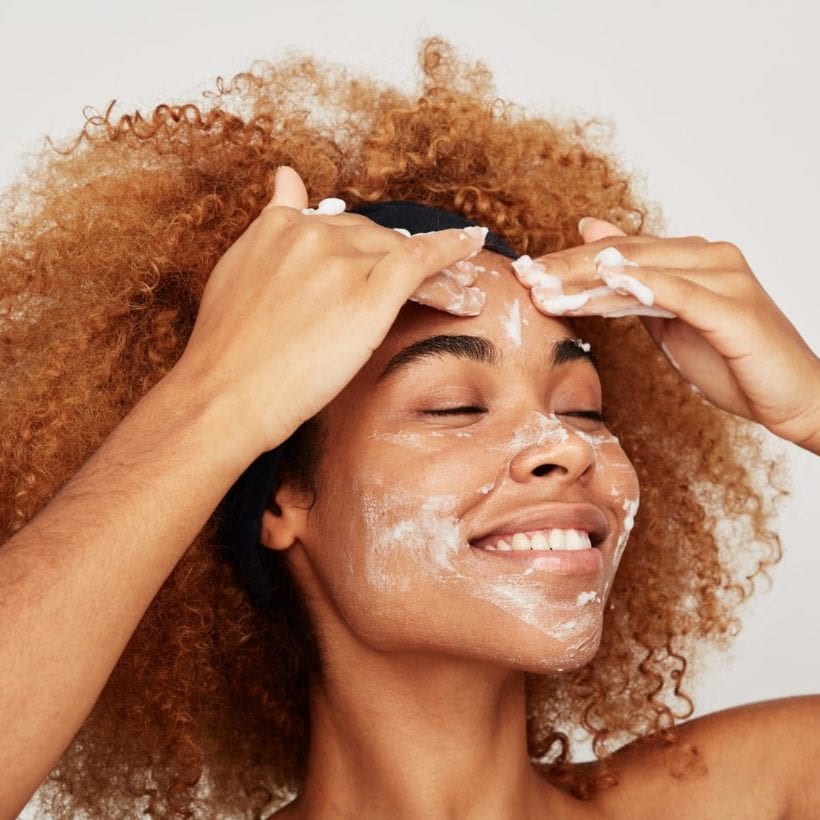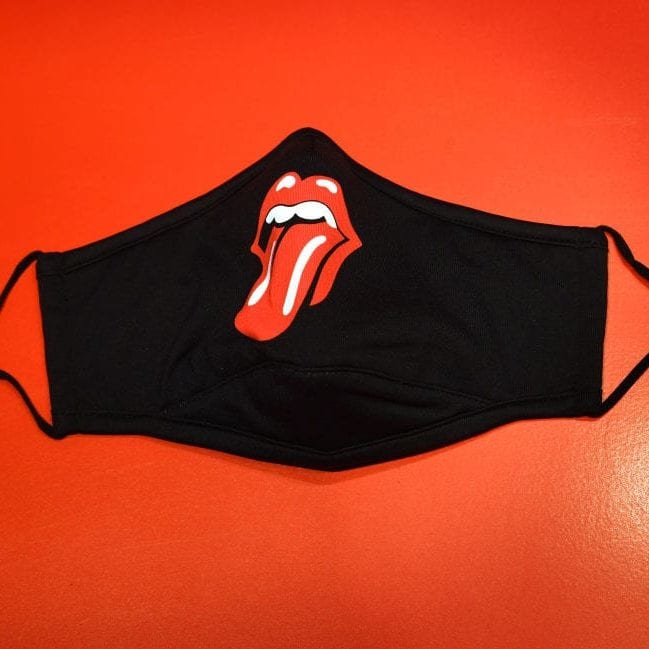Like a simple white t-shirt and a great pair of jeans, there are staple items your skincare wardrobe should never be without: A perfect-fit cleanser, a simple, well-formulated moisturizer, reliable never-leave-the-house-without-it SPF. But just like you don’t wear the same outfit every day, your skincare wardrobe can flex based on the condition of your skin — a humid day calls for a lighter moisturizer, dull skin begs for an exfoliator, a period-induced breakout means it’s time to reach for a spot treatment.
What is a Skincare Wardrobe?
A skincare wardrobe is all of the products you want to have on hand to properly care for your skin, no matter the season, the hormones, or the changes your body might be undergoing. Just like how your clothing choices change depending on the temperature, your skincare wardrobe should shift as well. Consider how your skin is looking that morning, and use products accordingly.
So, what exactly should be in your skincare wardrobe? We asked four top dermatologists for their recommendations on how to build a skincare routine for all seasons and moods. They provided the core items that make up the foundation of your skincare routine, and the seasonal picks and maximalist extras that will have you covered no matter what the conditions.
Your Capsule Collection
There are four things no skin-care wardrobe should be without: a gentle cleanser, an exfoliator fit for your skin-type (more on that in a minute), a great moisturizer, and sunscreen.
Cleanser
No matter what your skin type is, you need to clean your skin. “I like to use a hydrating, gentle cleanser on most days unless I am trying to address a specific need, like acne,” says Dr. Naissan O. Wesley, a board-certified dermatologist, in Los Angeles. “In that case, I may use a cleanser that contains a beta hydroxy acid (like salicylic acid) or an alpha hydroxy acid (like glycolic acid) to help clear up the breakout.” If you’re not dealing with acne, “I recommend a gentle cleanser with ingredients that strengthen the skin barrier and hydrate, such as ceramides and hyaluronic acid,” says Dr. Sejal Shah, a board-certified dermatologist in New York. For oily skin, a clay-based cleanser can purify skin without leaving it feeling stripped.
Exfoliator
A good exfoliator is “the key to smooth and polished skin,” says Dr. Hadley King, a board-certified dermatologist in New York. The type of exfoliator you include in your skincare wardrobe will completely depend on your skin type, however. “Depending on whether your skin is thicker and oiler or dry and more sensitive, exfoliating can be done in different ways,” says Dr. Ava Shamban, a board-certified dermatologist in Santa Monica. For the former, you might reach for glycolic acid treatment and for the latter a lactic acid treatment.
Moisturizer
Moisturizers typically contain a blend of three hydrating skincare components: humectants, emollients and occlusives. “It’s important to look for products that contain all three,” says Dr. King. “Humectants, like hyaluronic acid and glycerin, are mostly low molecular weight substances,” she explains, which help bind water to the outer layer of the skin. In order to seal in that water, humectants need the other two moisturizer components. Emollients help boost skin barrier function to improve skin texture and appearance. “Occlusives are oils and waxes which form an inert layer on the skin and physically block water loss,” Dr. King says. On an ingredients label, these commonly show up as petrolatum, beeswax, mineral oil, silicones, lanolin and zinc oxide, she says.
For a truly minimalist skincare closet, look for a moisturizer that multitasks. You can look for added ingredients like vitamin C (a brightening antioxidant) and bakuchiol “a well-tolerated plant-based alternative to retinol,” which can help reduce wrinkles, Dr. Wesley says, a formula with ceramides and niacinamide to help “strengthen the skin barrier,” or with peptides and growth-factors which “promote cell repair and anti-aging,” adds Dr. Shah.
Sunscreen
The last item in your capsule collection should be a good SPF — you should never leave the house without it. “Look for a product that is SPF 30 or higher and says ‘broad-spectrum’ on the label,” Dr. King says. “I like to stick with sunscreens that contain physical blocking ingredients zinc oxide and/or titanium dioxide,” adds Dr. Naissan.
Blue Light Sunscreen
It’s also important to keep blue light sunscreen in mind. Blue light is generated by the screens on our phones or laptops, and though it’s nowhere near as harmful as UV rays, it has been thought to contribute to skin aging. If you’re the kind of person who spends all hours of the day in front of their computer or phone, it might be a good idea to expand your skincare routine to include blue light defense skincare.
Winter Staples
“Depending on your climate, winter skin is almost always drier and we are often recovering from the more intense sun and heat of the summer months,” says Dr. Wesley. Your winter skincare wardrobe needs the equivalent of a protective parka.
This doesn’t necessarily mean adding more products to your usual routine, says Dr. King — it could simply mean winterizing the products you have. Namely, switching to a more moisturizing cleanser and thicker moisturizer. “Occlusives are particularly important in dry weather to help lock in the moisture,” she says.
If you’re really dry in winter, add a hydrating serum or cream to your rotation. “Particularly one that contains hyaluronic acid, Vitamin B3, or ceramides, can be helpful in restoring and maintaining hydration and the moisture barrier,” says Dr. Wesley. If you’re unsure where to start, begin with a hyaluronic acid serum: “It’s lightweight, it’s not sticky and it soaks in quite nicely,” says Dr. Shamban. “You’ll get a very nice base for applying a light foundation and you won’t be dealing with redness and flaking from the dryness and the cold.”
Summer Staples
In hotter, sweatier months, switch to a lighter moisturizer. “The skin is often producing more oil and sweat during this period,” says Dr. Wesley. “If the skin is acne prone, a heavier moisturizer may tend to clog pores more.” Look for a gel-based formula and ideally one that contains vitamin C, which is “a source of defense against the damage from the scorching radiation in the sky,” Dr. Shamban explains.
If you’re dealing with sweat-induced acne in the summer, Dr. Shamban recommends switching your usual cleanser to a formula that contains salicylic acid or glycolic acid — both acne-busting exfoliators. Try also polishing body scrub that gently buffs away dry skin while also delivering moisture and glow.To remove extra sweat and oil build up, you might want to add an additional product or two to your lineup. Try a toner “that contains an astringent like witch hazel,” says Dr. King, or a lactic acid treatment like Good Genes to remove dead skin cells that can clog pores.
For When You’re Feeling Hormonal
As your hormones fluctuate throughout your cycle, “you kind of do the seasons in a four-week period—you go from being dry and flaky to oily and sticky,” says Dr. Shamban.
“Right before your period and during it, estrogen and progesterone drop to their lowest levels — your skin might feel dry and dull and look blotchy,” Dr. Shah says. “After your period, estrogen starts to increase. This is when your skin tends to look its best—more hydrated, less oily, your pores appear smaller, and your skin is overall glowing.” Unfortunately, this doesn’t last long. As progesterone levels increase following the end of your period, oil production also goes up and that can trigger acne flares.
For some lucky women, these changes are so subtle you might not even notice them. But if you do, switch your skincare routine accordingly. “If you notice that you are oilier and more prone to break outs during some parts of your cycle, then you may want to add a salicylic acid cleanser, serum or toner, or a benzoyl peroxide cleanser or lotion,” Dr. King says. When you’re dry, reach for the winter-strength moisturizer. (If these skin changes are something you’re concerned about, hormonal forms of birth control like the pill can help regulate cycle-based fluctuations on your face. Talk to your ob-gyn if this is something that bothers you.)
For When You’re Feeling a Little Extra
Minimalist closets are great but who doesn’t love a few over-the-top items to keep things interesting? There are literally dozens of products you could add to your capsule collection but here are the experts’ top picks:
Retinol
Retinol is a powerful multi-tasking skincare ingredient — it does everything from targeting acne, to improving skin texture to addressing signs of aging. There are dozens of different formulations and it’s important to find the one that works for your skin type. If you’re dealing with the dreaded retinoid redness, Dr. Shamban suggests first looking for an oil-based retinoid formula and second layering on a hyaluronic acid serum.
Niacinamide serum
“Niacinamide is one of those tried and true molecules — it’s good for pretty much everything that ails you,” says Dr. Shamban. Namely, it’s anti-inflammatory, an antioxidant, helps even out skin tone.
Face Masks
A weekly mask routine can help address pervasive skin concerns says, Dr. King. If you’re dealing with breakouts, look for a salicylic or glycolic acid mask. For constant dryness, grab a hydrating overnight mask or sheet mask formulated with hyaluronic acid.
PRO TIP: TRY THE FLASH FIX FACIAL
Mix equal parts Ceramic Slip Cleanser with Good Genes Lactic Acid Treatment. Blend together and apply to clean skin as a mask. Rinse with water after 10 minutes. Follow with your favorite Sunday Riley treatment and moisturizer.
Eye & Neck Cream
“Skin around the eyes and on the neck are often more sensitive, so may require a different type of product,” says Dr. Wesley.
She recommends looking for an eye cream with caffeine to reduce puffiness and a firming neck cream that’s specifically formulated to penetrate the delicate skin of your décolletage.
Skincare Routine & Wardrobe – The Takeaway
When thinking about how to make a skincare routine, it’s important to keep in mind how your skin might change throughout the month and the seasons. Know the kind of environment you’re living in, how much exposure you have to blue light, and your own personal preferences when building the perfect skincare wardrobe. When trying new products, make sure to always start slow. Ask your dermatologist or doctor if you encounter any problems.



